Identification and Detection of Illegal Discharges
The identification and detection of illegal discharges helps us implement effective remediation strategies, such as repairing and cleaning pipelines. This project, led by the Research Station of the University of Mayagüez Precinct from the University of Puerto Rico in direct coordination with the Aqueduct and Sewage Authority of Puerto Rico, is the only one on the island. This effort has led to the improvement of the water in the estuary, which improved from critical to moderate-to-good condition. This project is a model to replicate in all hydrographic basins on the entire island and an important step to guarantee the health of our water, natural resources, and in turn, our own health.
The proximity of our bodies of water to urban zones makes rivers and ravines vulnerable to daily human activity which influences the quality of life. 76% of housing in the basin of the Estuario de la Bahía de San Juan (which covers a great part of the metropolitan area) is located less than 300 meters from a body of water. That’s why it’s important to integrate communities and volunteers in this process, so they become empowered to support the protection of the water and their quality of life.
Definitions
- Basin
A hydrographic basin is an area of catchment, defined by the elevation of the ground, where all water flows to the same spot. All superficial bodies of water receive their water from a hydrographic basin.
- Sub-basin
A hydrographic sub-basin is a subdivision of a basin; there can be several sub-basins in one basin
- Illegal discharge
Any discharge into the rain sewage system that is not solely rainwater, except for those allowed by the National Pollutant Discharge Elimination System (NPDES). A simple way of identifying an illegal discharge is by observing the rain drainage system on a dry day. If you see water flowing, it means there is a discharge not related to the rain. You can identify other illegal discharges if you see solids, coloration, and objectionable odors. If you witness illegal dumping, report it on the Natural and Environmental Resources Department webpage or by using the community protocols to submit complaints and report environmental violations at the estuary, available here.
Illegal discharges can be related to:
- Sanitary discharge (interconnections with the sanitary system or overflows)
- Overflow of septic tanks
- Water from car washes
- Oil or fuel spillage
- Chemical product spillage
- Filtration of oils, fuel, or water from equipment
- Sanitary discharge
This refers to discharge of water that contains human residues and comes from bathrooms and other domestic equipment. These waters contain suspended solids (generally biodegradable organic material), sedimentable solids (mainly non-organic material), nutrients (nitrogen and phosphorus), and pathogen organisms.
Activities:
- Protection of pipes
- Diversion of oils and fats
- Water conservation
- Environment
The World Health Organization (WHO) defines the environment, in terms of health, as all physical, chemical, and biological factors external to a person and all related behavior. Humans interact with the environment constantly; these interactions affect the quality of life and life expectancy.
- Environmental Health
Environmental health consists of preventing or controlling illnesses and injuries related to the interaction between humans and their environment. This concept involves the evaluation and control of the environmental factors that have the potential of affecting health. It is focused on preventing illnesses and creating environments that promote health. This definition excludes behaviors that are not related to the environment, as well as behaviors related to the social and cultural environment and genetics.
The WHO determined that ¼ of global illnesses and 24% of deaths globally (28% of which are children under 5 years old) are caused by environmental factors that can be prevented.
Clean air, a stable climate, sufficient and clean water, sanitary services and hygiene, safe use of chemicals and medicines, safe working environments, healthy agricultural practices, cities, and environments built to encourage health, and the conservation of nature are all prerequisites to being healthy.
The COVID-19 pandemic is a reminder of the delicate relationship between humans and our planet.
“The continuous erosion of natural spaces, deforestation, global warming, and animal markets all contribute to humans getting close to plants and animals that carry illnesses that can be transferred to humans (zoonosis). Humanity is putting too much pressure on our world and it’s having damaging consequences.”
Ingrid Andersen, Executive Director of the United Nations Program for the Environment.


